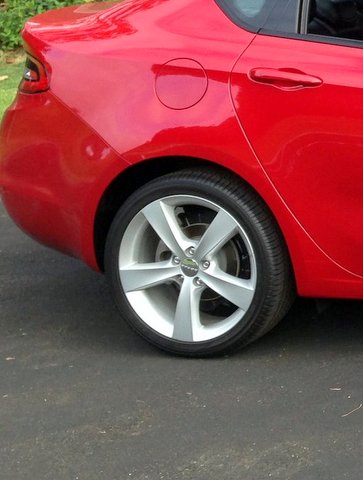Opinion: Cars and Toxic Substances
Beware of Health-Related Hazards
This article may contain affiliate links.
[Ed. note: Although EVs avoid some of these dangerous toxins, even they are potentially liable with some of issues. This is not an anti-ICE or anti-car story, it’s designed to make sure you are aware of some of the health issues that can arise from car use.]
The automobile is one of the inventions that makes human life convenient. Traveling is an essential part of living, and traveling in a car is much better than other modes of transport because of the comfort and control it offers.
Humans have been using cars for such a long time that we can’t even think about a life without cars–even with gas prices. Well, gas price is not the car’s mistake anyway.

Do Cars Have Downsides?
Well, other than the gas price, there are some downsides to the car that everyone should know about. These downsides are not common knowledge, but they should be.
While there are a lot of downsides to a car, this blog post is going to be focused on the toxic substances in a car that poses a threat to humans and the environment.
Toxic Substances in a Car
Cars are comfortable and useful but, unfortunately, contain several toxic substances. Not only cars, but many other products are made with toxic chemicals. Most people are not aware of these toxic substances and may inadvertently expose themselves to these chemicals.
Carbon Monoxide
Carbon Monoxide is a colorless, tasteless and odorless gas that can severely harm humans. Burning gasoline, wood, charcoal or other fuel produces CO, among other pollutants. Well, we know what internal combustion cars do—they burn fuel, which goes out the exhaust.
Now, we all know the dangers of CO. Cars emit CO into the air. It is probably fine if only one car is emitting CO, but that’s not the case. Millions of cars are in use all around the world.

When all those cars emit CO, it is not good for the environment or for those who breathe.
It is not only a danger to the environment, but also a danger to the people who are sitting inside the car. Yes, CO can even get into the car. This might happen because of an old or damaged exhaust system that allows the air conditioning unit to bring in the CO, which is supposed to go out.
Exposure to CO for about 3-5 hours can kill a person. The problem is one cannot detect that they are being exposed to CO since, as said, it is colorless, odorless and tasteless.
Asbestos Exposure
While driving a car cannot expose you to asbestos, working or repairing a car definitely can.
Automobile manufacturers historically have used asbestos in car body parts such as brakes. It is affordable and has heat-resistant properties; that’s the reason behind using asbestos in cars.

Mechanics, hobbyists and people who repair cars as DIY projects can be exposed to asbestos–especially when they clean the brakes of older cars—but EPA has advice on how to avoid exposure.
When they clean the brakes, asbestos will get into their hair, shirts, skin, etc. They might inhale it too. The family of the asbestos-exposed person could also be affected, which increases the severity of the problem.
Asbestos exposure can result in Mesothelioma–a type of cancer. When you reach severe mesothelioma stages, it is impossible to save you since there is no cure for the disease. However, you can take medicine to improve life expectancy and quality of life.
PVC
Polyvinyl chloride, commonly known as PVC, is a type of plastic used in cars. The use of PVC in many parts of a car is what makes most cars affordable.
Not only makes it affordable, but it also increases the life of the cars.
PVC contains phthalates, which are used to make plastics more flexible and durable. The problem is Phthalates also damage the liver, lungs, and kidneys and, in extreme cases, cause cancer. Most of the dangerous exposure in automotive applications comes if the plastic catches fire.
Final Thoughts
Cars emit a lot of toxic substances, but giving up on using cars is not the solution to the problem. As we can see, many of these problems come from the manufacturer’s side. They should start working on manufacturing cars with less toxic body parts. Cars are an essential part of life, so instead of stopping using them, we should start making them better. Better for both humans and the environment.

1 thought on “Opinion: Cars and Toxic Substances”